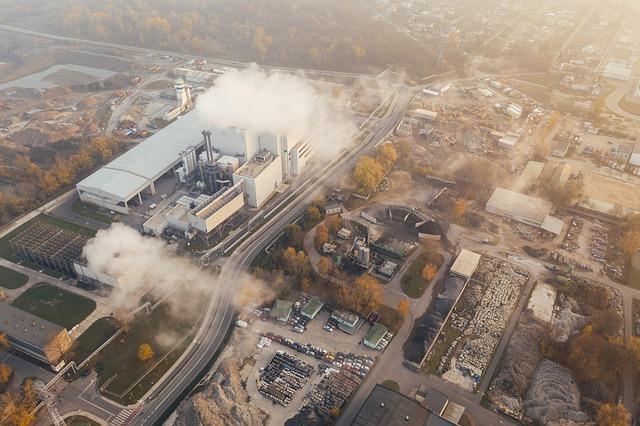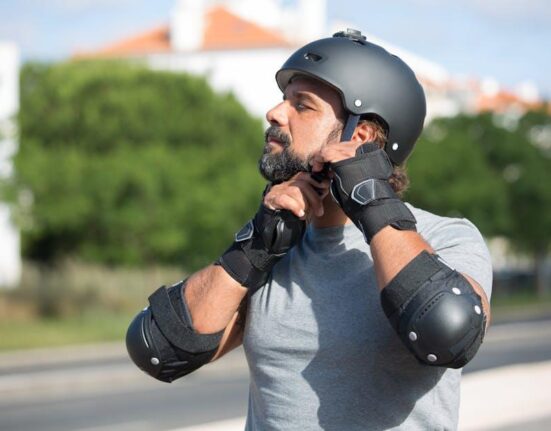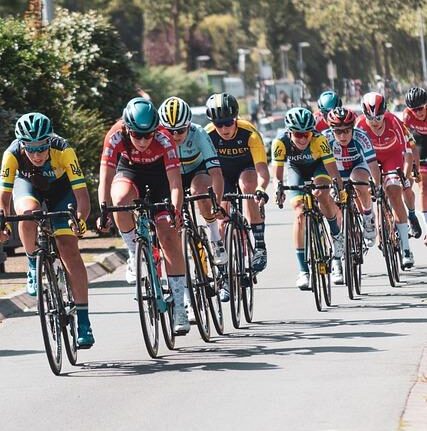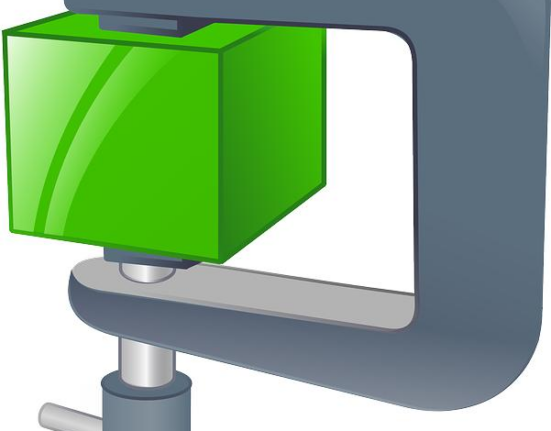In the fast-paced world of cycling and athletics, where every ounce can make the difference between triumph and defeat, the quest for optimal gear is a relentless pursuit.Among the myriad of technological innovations designed to enhance performance and ensure safety, carbon fiber helmets have emerged as a game changer. known for their extraordinary strength-to-weight ratio,these lightweight wonders offer athletes not only indispensable protection but also enhanced comfort during long rides or intense training sessions. As we delve into the intricate blend of design, functionality, and safety features, we’ll explore how carbon fiber helmets are redefining what it means to ride or race with confidence. Join us as we review the latest advancements in carbon fiber helmets, spotlighting the best options available for cyclists and athletes who refuse to compromise on safety or speed.
Exploring the Benefits of Carbon Fiber in Helmet Design
Carbon fiber is revolutionizing helmet design by offering an exceptional blend of strength and weight savings that traditional materials simply can’t match. The unique properties of carbon fiber allow for helmets to be constructed with improved aerodynamics while maintaining high impact resistance. This is particularly beneficial for cyclists and athletes who rely on both safety and performance during their activities. The lighter the helmet, the easier it is for athletes to maintain focus on their performance without the fatigue that can come from heavy gear. This weight benefit can lead to longer rides or improved times in competitive events, as every gram saved is a step toward better performance.
Additionally, the aesthetic appeal of carbon fiber helmets cannot be overlooked. The distinctive woven pattern and glossy finish not only enhance the visual appeal but also signal advanced technology and innovation to onlookers. The durability of carbon fiber means athletes can expect their helmets to withstand wear and tear over time without compromising safety standards. To further illustrate the advantages, consider the following comparison of materials commonly used in helmet production:
| Material | Weight | Impact Resistance | Durability |
|---|---|---|---|
| Carbon Fiber | Lightweight | High | Excellent |
| Polycarbonate | Moderate | Moderate | Good |
| Fiberglass | Heavy | Good | Fair |
This table highlights how carbon fiber clearly outperforms other materials in weight and durability, making it an ideal choice for those serious about their safety and performance in cycling and athletics.

Key Features to Look for in a High-Quality Carbon Fiber Helmet
When searching for a high-quality carbon fiber helmet, there are several essential features that can significantly enhance the riding experience for cyclists and athletes. First and foremost, weight plays a crucial role. A helmet that balances lightweight construction with robust protection ensures that you can ride longer without feeling fatigued. Additionally,look for ventilation systems that promote airflow,as these will help keep your head cool during intense rides. Most helmets should have strategically placed vents that allow heat to escape while drawing in fresh air, contributing to overall comfort.
Another critical aspect to consider is the fit and adjustment systems. A helmet should mimic the contours of your head, securing it snugly without causing discomfort. Advanced adjustment features, such as dial-fit mechanisms or padding systems, allow for a customizable fit. Furthermore, consider the impact protection technology utilized in the helmet’s design. Helmets that integrate EPS foam with carbon fiber layers offer superior shock absorption, crucial for minimizing injuries during falls. Lastly, assess compliance with safety certifications to ensure that your helmet meets recognized safety standards, providing you with the peace of mind necessary for your cycling endeavors.

Top Recommendations for Carbon Fiber Helmets in various sports
When it comes to selecting the ideal helmet for various sports, carbon fiber options stand out due to their extraordinary strength-to-weight ratio and impact resistance. For cyclists seeking excellent protection without compromising performance, options like the Giro Aether Spherical and the Kask Protone are highly recommended.Both models integrate innovative technologies that enhance ventilation and comfort while maintaining lightweight characteristics. In addition, the sleek design not only offers style but also caters to aerodynamic efficiency, essential for competitive riders focusing on speed.
For athletes in contact sports, such as football and rugby, carbon fiber helmets have become a game changer. The Riddell SpeedFlex and the schutt F7 are notable choices, combining advanced cushioning systems with the resilience of carbon fiber. These helmets are designed to absorb shock effectively, ensuring maximum protection during high-impact collisions. Below is a comparative table illustrating key features of these helmets:
| Helmet Model | Weight | Ventilation | Certification |
|---|---|---|---|
| Giro Aether Spherical | 250g | Excellent | CPSC, CE |
| Kask Protone | 270g | Exceptional | CPSC, CE |
| riddell SpeedFlex | 1300g | designed for airflow | NOCSAE, ASTM |
| Schutt F7 | 1400g | Optimal | NOCSAE, ASTM |

Maintenance Tips to Maximize the Lifespan of Your Helmet
To ensure your carbon fiber helmet retains its protective qualities and aesthetics, regular maintenance is essential. Cleaning your helmet after rides helps to eliminate dirt, sweat, and debris that can compromise its structure over time. Use a mild soap and water solution with a soft cloth to gently wipe down the outer and inner surfaces. avoid harsh chemicals or abrasive materials, as these can degrade the carbon fiber and padding. Additionally, consider using a specialized helmet cleaner designed for carbon fiber interfaces.
Storage is another crucial aspect of helmet longevity. Always store your helmet in a cool, dry location away from direct sunlight and extreme temperatures that can weaken its materials.Invest in a protective bag or case to shield your helmet from potential impacts when not in use. It’s also wise to inspect the helmet regularly for any signs of damage such as cracks, dents, or loose fittings. Keeping track of your helmet’s age and performance through a simple maintenance log can help you decide when it’s time for a replacement.
Key Takeaways
carbon fiber helmets represent a remarkable fusion of innovation and safety for cyclists and athletes alike. As we’ve ventured through the intricate layers of construction, performance, and design, it’s evident that these helmets not only prioritize protection but also offer a lightweight alternative that doesn’t compromise on comfort. Whether you’re a seasoned professional cutting through trails or a weekend warrior exploring the open road, the right carbon fiber helmet can be a game-changer.
As technology continues to evolve, so too will the features and capabilities of these high-performance helmets.So, as you consider your next helmet purchase, take note of the advancements and options available to ensure you make an informed choice. After all, every ride is an adventure worth protecting, and with the right gear, you can focus on the journey ahead, knowing you have the very best in safety and style by your side.Happy cycling!















Leave feedback about this